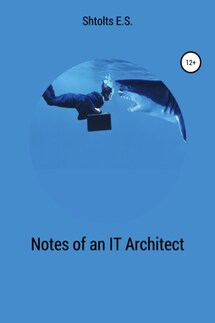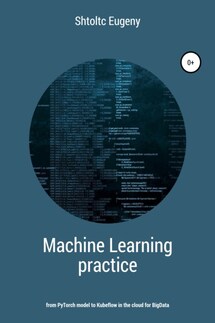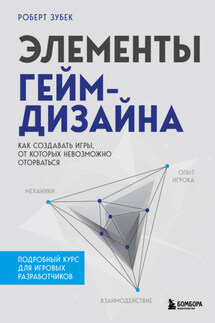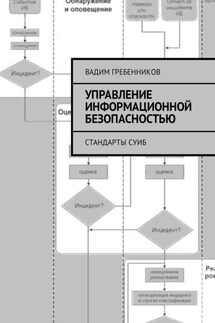Notes of an IT Architect - страница 5
The architect investigates the ability to provide services (called business competencies), that is, the ability to provide the necessary operations with programs and describes them using competency maps. Graphical representations such as BPMN diagrams and structured textual descriptions such as process registers are used to describe processes and how they relate to the applications that implement them. From the processes, the user paths are built, along which the user walks, in turn, it is detailed to the level of the operation with reference to the application interfaces using the technological map, which is necessary for their development. Technological maps structurally detail the description of the process by technological objects and attributes. The process itself contains scripts, operations, roles, data, and the technological map adds API, functions, attributes to them. Thus, linking the operations of the process with the service programs that implement these operations. The routing does not describe the implementation on programs, nor the API – they are points for creating operations. Maps can be designed in various systems such as ARIS.
IT architecture is divided into:
* Application architecture – here are the systems and applications that are used in the business layer to implement their processes.
* Information architecture is a collection of information (data) that is exchanged between people or applications as part of the execution of processes. According to the level of logical abstraction, it is divided into: conceptual, logical and physical levels. It is managed (Data Governance) by artifacts, the main of which is the corporate data model. Data models are of different types, for example: relational, object-oriented, chronological (Time based), NoSQL and others.
* Integration architecture connects various components of the system and it is these connections that describe the integration architecture.
* The technical architecture describes the implementation of the previous layers. It itself is also divided into layers, but these layers are not abstractions, but are a technical implementation in relation to the client. These layers are also called a stack, since they are not located from the user of the business layer one by one in a specific order and not a single layer can be skipped, while the layers of architecture describe the architecture in a different way, can be supplemented and changed, but we adhere to the set of layers accepted in TOGAF. So, the stack of WEB-applications consists of:
** Application layer – the layer with which users directly interact and which provide processes and is implemented using WEB-interfaces in browsers. Execution of business logic at the level of WEB-interfaces is unacceptable – all work is delegated to the underlying layer.
** The network layer ensures the operation of WEB-interfaces in the user's browsers, transmitting data. The upper layer of applications is needed by users who are comfortable using the graphical interface and so that any routine actions are performed for them. The network layer provides communication for server applications such as WEB servers and DBMS.
** The hardware layer is represented by runners. These devices can be hardware-based with varying degrees of versatility. For example, a load balancer can be purely hardware, it can be hardware with changeable firmware, it can be software executable on a general purpose computer of the x86 type, it can be launched both directly and in a virtual machine, and in a container – all these are implementation details.








